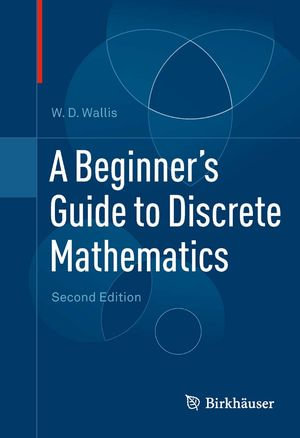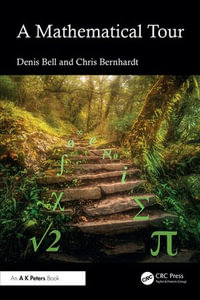
eTEXT
At a Glance
eText
$129.00
or
Instant online reading in your Booktopia eTextbook Library *
Read online on
Desktop
Tablet
Mobile
Not downloadable to your eReader or an app
Why choose an eTextbook?
Instant Access *
Purchase and read your book immediately
Read Aloud
Listen and follow along as Bookshelf reads to you
Study Tools
Built-in study tools like highlights and more
* eTextbooks are not downloadable to your eReader or an app and can be accessed via web browsers only. You must be connected to the internet and have no technical issues with your device or browser that could prevent the eTextbook from operating.
ISBN: 9780817682866
ISBN-10: 0817682864
Published: 7th October 2011
Format: ePUB
Language: English
Publisher: Springer Nature
Edition Number: 2
You Can Find This eBook In
This product is categorised by
- Non-FictionComputing & I.T.DatabasesData Capture & Analysis
- Non-FictionMathematicsMathematical FoundationMathematical Logic
- Non-FictionMathematicsProbability & Statistics
- Non-FictionMathematicsCombinatorics & Graph Theory
- Non-FictionMathematicsDiscrete Mathematics
- Non-FictionMathematicsHistory of Mathematics
- Non-FictionComputing & I.T.Computer ScienceMathematical Theory of ComputationMaths for Computer Scientists























